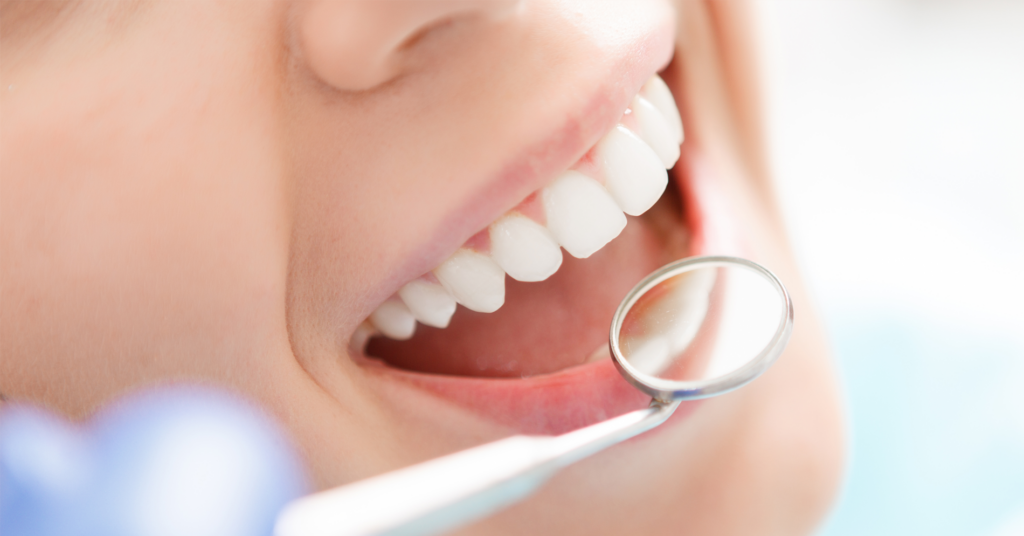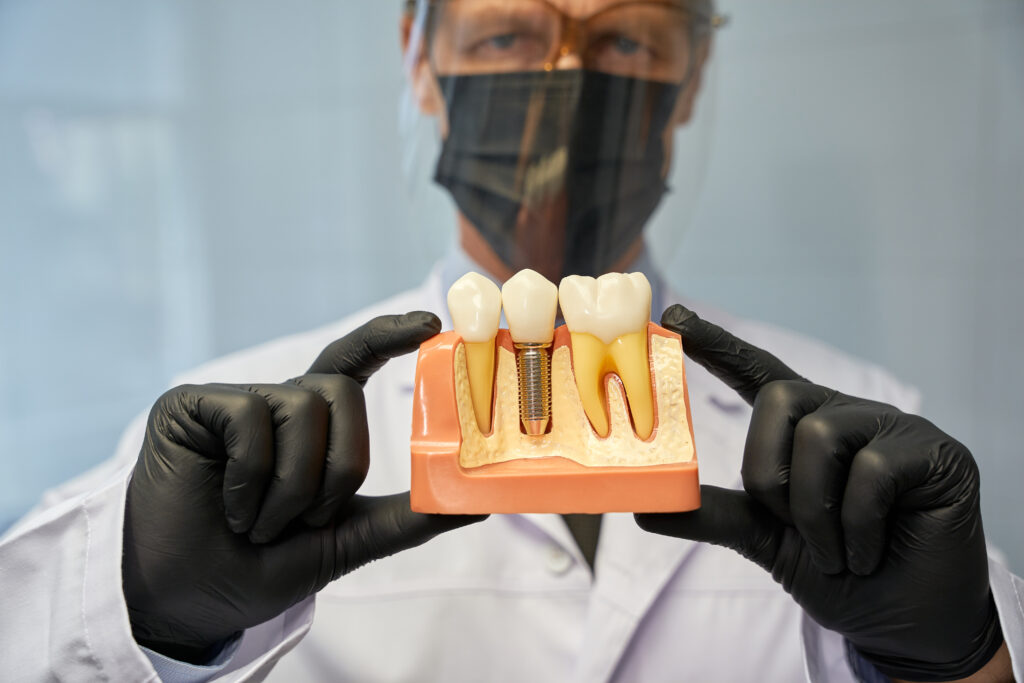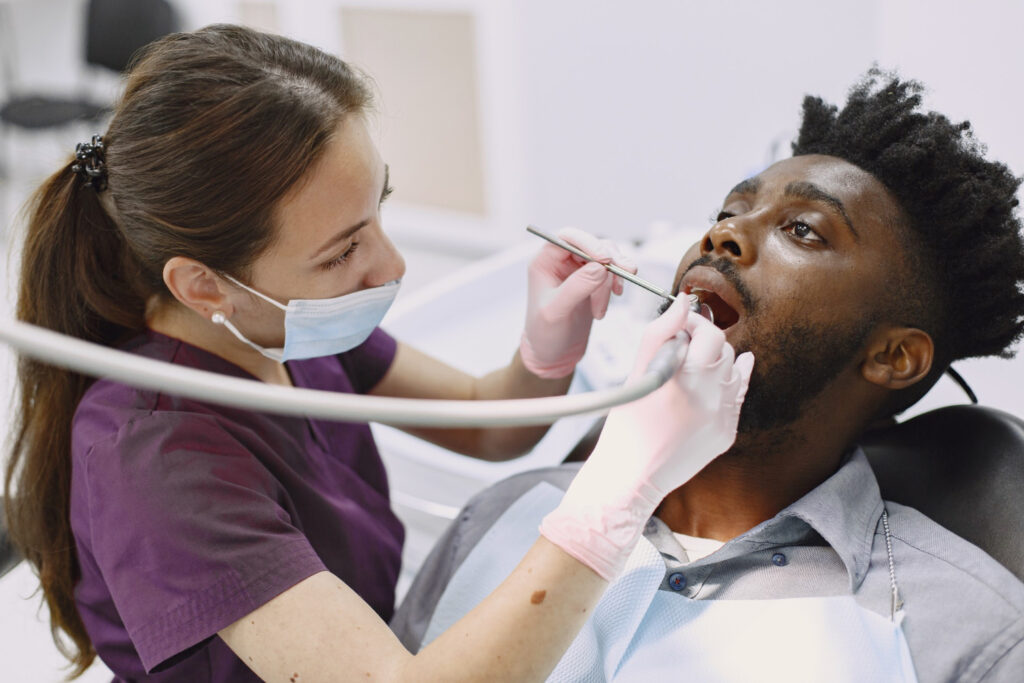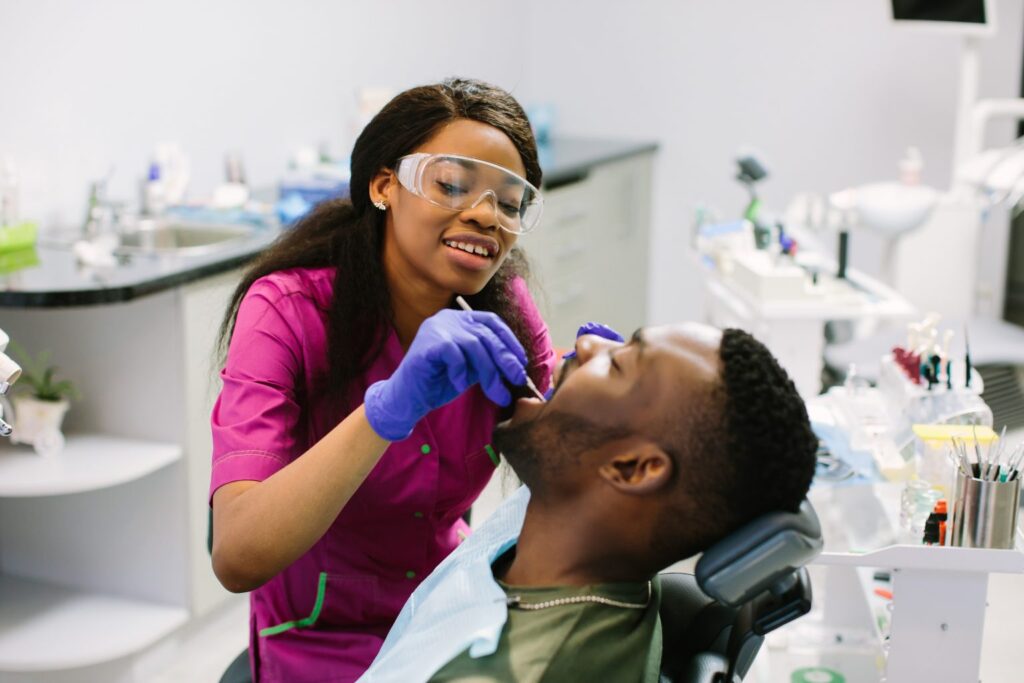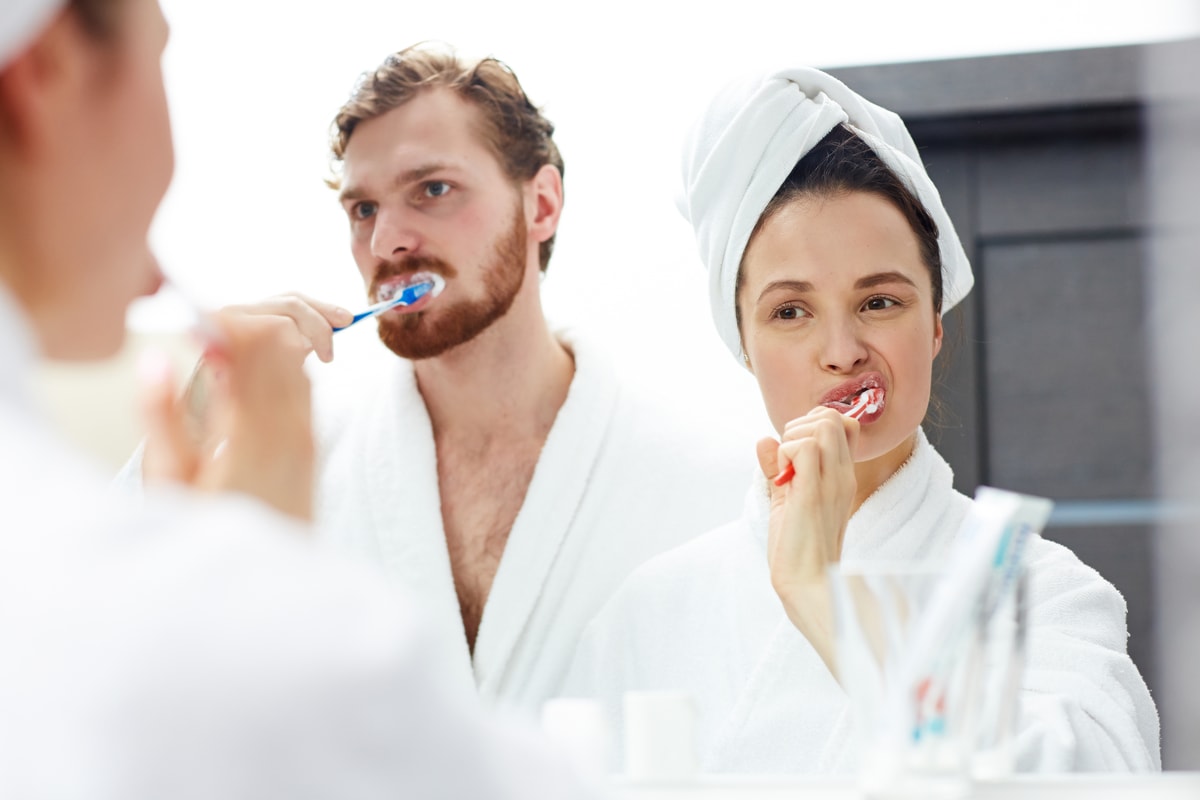
Keeping your teeth shiny and your mouth healthy begins with good oral hygiene habits — and those habits start with brushing your teeth correctly.
However, many people are making mistakes without even realizing it. Such mistakes can lead to inefficient brushing (and thus plaque buildup) and even possible gum damage.
Make sure you’re brushing your teeth correctly by fixing the following mistakes.
Not Brushing Long Enough
Sometimes, people brush quickly to “get it out of the way”. Others do it absent-mindedly, and so they’re done in seconds.
As a result, people brush for only 45 seconds on average. Yet the ADA recommends a full 2 minutes to remove all the plaque.
How to Fix It
Set a time when brushing your teeth. Cover all areas equally, and don’t stop brushing until the timer goes off. Some toothbrushes have built-in timers to help.
Using the Wrong Toothbrush
There are tons of toothbrushes available. Not all of them are good choices, though. Hard-bristled toothbrushes might seem like they’re able to “scrape” out debris, but they can cause damage to your gums and even lead to bleeding.
How to Fix It
Get a soft-bristled toothbrush. These still clear out plaque and debris effectively while being gentler on your gums.
Brushing Too Hard
You could still harm your gums regardless of bristle hardness if you push too hard on your gums and teeth.
How to Fix It
There’s no need to push super hard when brushing. Instead, use regular pressure (don’t exert any extra pressure on the teeth) and move forward and backward in short strokes as wide as each tooth.
Not Angling The Brush Correctly
The gum line is where a lot of debris and bacteria can get trapped. More gets trapped in between your teeth. Brushing the surfaces of your teeth alone isn’t always enough to keep your mouth clean.
How to Fix It
Angle your brush 45 degrees upwards towards the gumline, and remember to brush softly. After that, get the surfaces of your teeth. Finally, turn your toothbrush horizontally to get the areas in between the teeth.
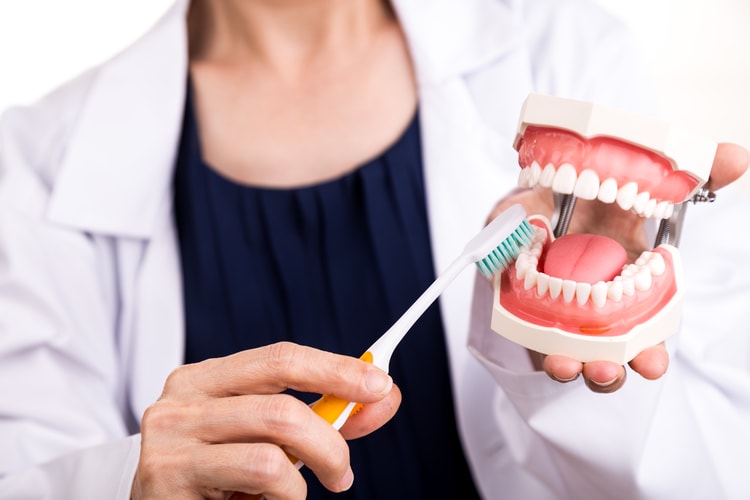
Not Replacing Your Toothbrush Often Enough
All that brushing wears down your toothbrush. Worn-down toothbrushes aren’t nearly as effective at cleaning your teeth, and may even cause gum damage.
How to Fix It
The ADA suggests replacing your toothbrush either every 3-4 or when the bristles look frayed. Most dentists give you a free soft-bristled tooth-brush, so you only have to buy them yourself half the time.
Skipping the Tongue
It’s called brushing your “teeth”, so many people don’t realize the importance of keeping the tongue clean as well. Bacteria can build up on the tongue and cause odor in your breath.
How to Fix It
Brush your tongue once you’re done with your teeth. You may also consider using a tongue scraper — some toothbrushes come with these attached.
One of the best ways to see if your oral health habits are up to par is to visit a dentist. They’ll help clear out any spots you may miss and give you personal recommendations for improving oral hygiene. If you’re looking for a dentist in Philadelphia, contact Absolute Smile today. All new patients get a free consultation!


